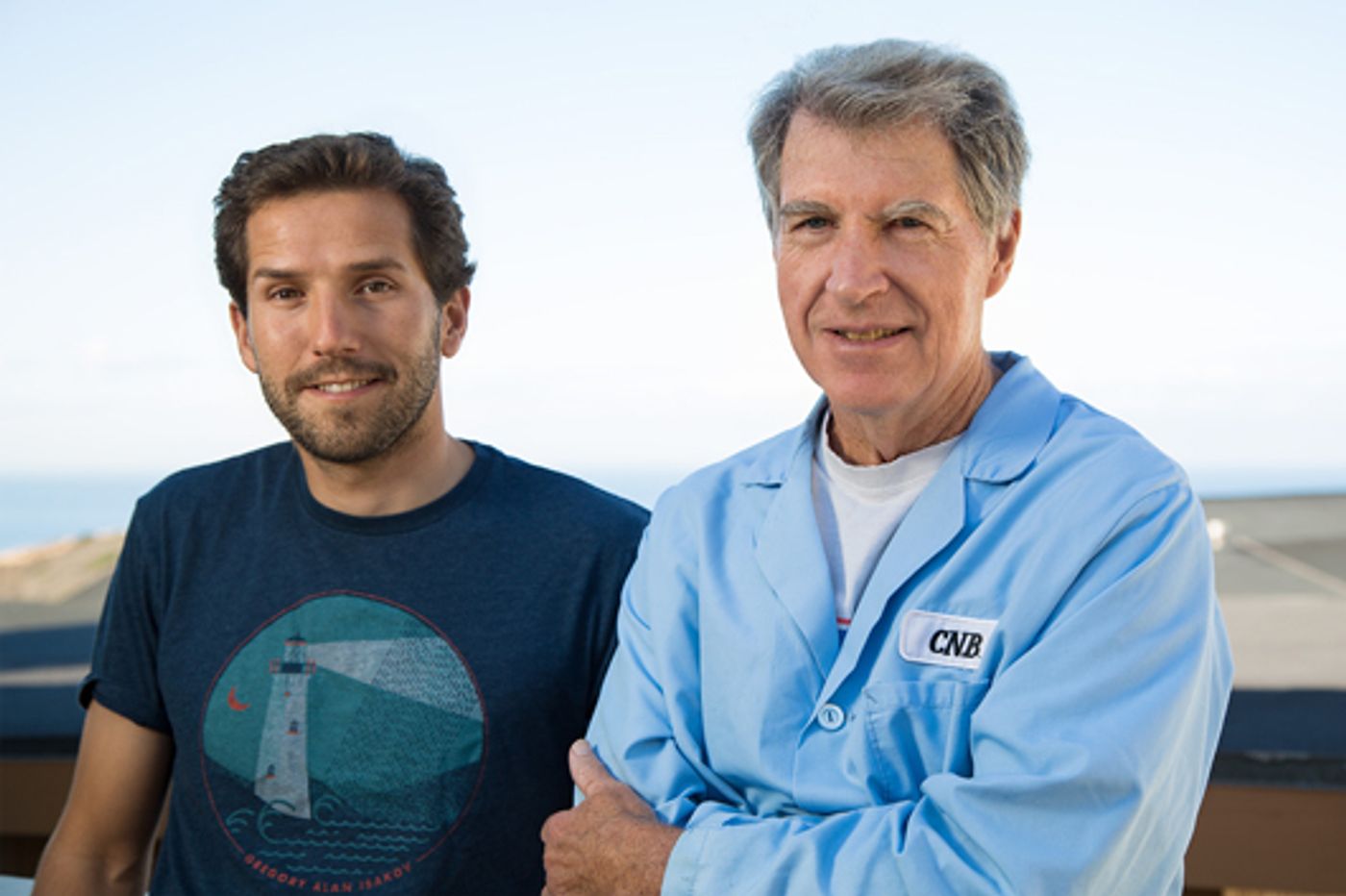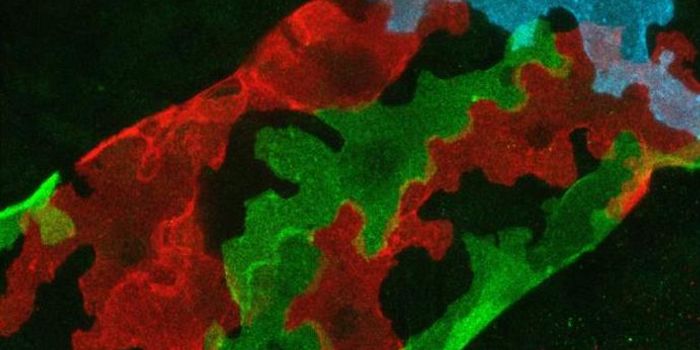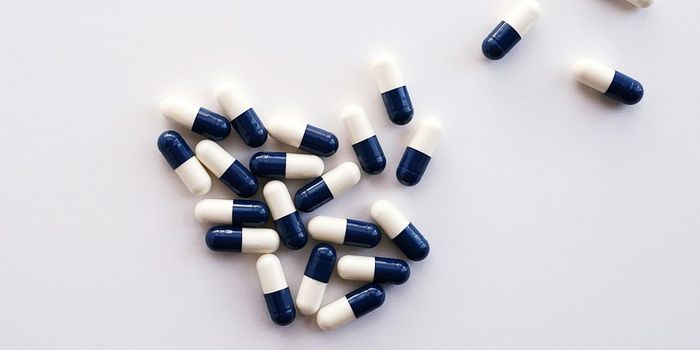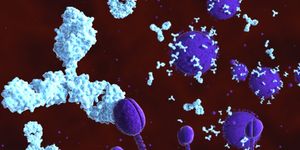If given the choice, many of us would choose to stay young forever. Now, researchers at Salk Institute have found that drug candidate J147 has a host of unexpected anti-aging effects. The paper was published in the November 2015 edition of the journal Aging.
The purpose of the J147 is to combat Alzheimer’s disease. About 3.8 million Americans currently experience symptoms of dementia, and Alzheimer’s disease accounts for 60 to 70 percent of those cases. Yet, despite the prevalence of the disease, the exact cause remains a mystery and there is no cure. The most a drug can do is slow the progression of the disease.
One of the two major hallmarks of Alzheimer’s is the presence of amyloid plaque deposits in the brain. Alzheimer’s causes certain proteins, produced normally by the body, to abnormally divide. This, in turn, causes the presence of amyloid plaques. These plaques accumulate outside neurons and destroy them. "Most of the drugs developed in the past 20 years target the amyloid plaque deposits in the brain,”
said David Schubert, senior author of the paper.
The researchers decided to tackle the problem from another angle. Certain aspects of old age may be the primary cause of Alzheimer’s. Thus, the Salk team synthesized J147 using cell-based screens against old age-associated brain toxins. They first published research on the drug in late 2011. The researchers found it improved memory and prevented brain damage caused by Alzheimer’s in mice that had the inherited form of the disease, the most commonly used mouse model in Alzheimer’s research. However, this form of Alzheimer’s only makes up one percent of all Alzheimer’s patients.
In their new study, they expanded on their previous research. They wanted to explore the effects of J147 “in a novel animal model more similar to 99 percent of Alzheimer’s cases,” said lead study author Antonio Currais. The researchers used mice that more closely resemble the age-related common human disorder. Specifically, they age rapidly and experience age-related dementia. The team used three groups of the rapidly aging mice: a young group, an old group, and an old group that was fed J147 as it aged.
They found that the old mice that were given J147 had improved memory, cognition, and motor movements. It restored synaptic function and even damaged blood vessels, which are a common feature of aging but much worse in Alzheimer’s disease. The mice treated with J147 also experienced reduced inflammation and reduced levels of oxidized fatty acids in the brain.
"We did not predict we'd see this sort of anti-aging effect, but J147 made old mice look like they were young, based upon a number of physiological parameters,” said Currais.
The results are promising developments in treating both symptoms of Alzheimer’s and aging. The team hopes to begin human trials next year.
Source:
Salk Institute of Biological Studies









